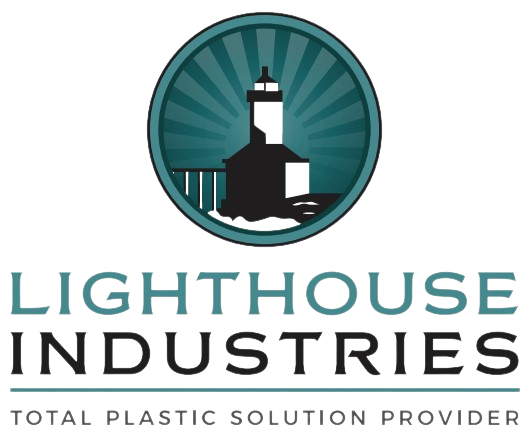Class 105 mold is for use only in prototyping. The mold is constructed as inexpensively as possible in a very limited amount. Class 105 mold should not exceed 500 cycles. This mold may be made of cast metal, epoxy or any other material offering sufficient strength for prototyping purposes.
Class 104 Mold
Class 104 mold is is a low-production mold. It is used for limited production, primarily with non-abrasive materials. It has a low to moderate price range. Class 104 mold must go through fewer than 100,000 cycles. The mold base can be mild steel or aluminum. Cavities can be made of aluminum, mild steel or any other material that is agreed upon by the manufacturer and the customer.
Class 103 Mold
Class 103 mold is a medium-production mold. It is a popular mold and is in a medium price range. It must go through fewer than 500,000 cycles, and the mold base must have a hardness of at least eight R/C. The cores and cavity must meet a minimum hardness of 28 R/C. Any extra factors, such as guided ejection and corrosive resistant materials, are optional.
Class 102 Mold
Class 102 mold is a medium- to high-production mold. It is good for abrasive materials and/or parts that require a close tolerance. This mold is of high quality. Class 102 mold must go through fewer than 1 million cycles, and the base must reach a minimum hardness of 28 R/C. Like Class 101 molding surfaces, Class 102 molding surfaces must be at least 48 R/C. Temperature control measures are used in all cavities, cores and slide cores whenever possible. Guided ejection, slide wear plates, corrosive resistance and plated cavities may not be required.
Class 101 Mold
Class 101 mold is built for extremely high production. It is made with the highest quality materials, and, therefore, is the most expensive class of mold. Class 101 mold must go through 1 million or more cycles, and the base must reach a minimum hardness of 28 R/C. Molding surfaces must be at least 48 R/C. Cavities, cores and slide cores must include temperature control measure whenever possible. Cooling efficiency is affected by corrosion as the mold ages; so non-corrosive materials are recommended. A guided ejection system must be used.


Recent Comments